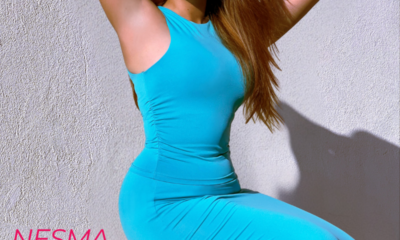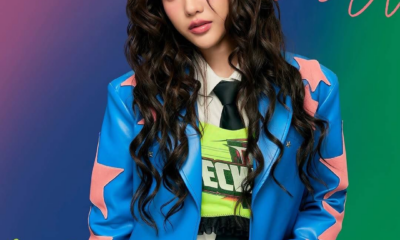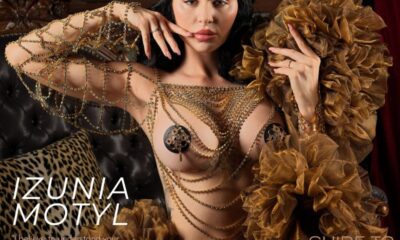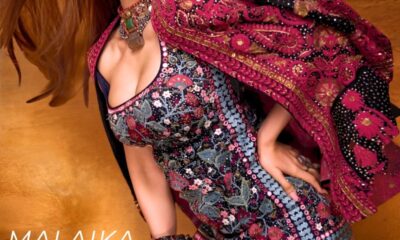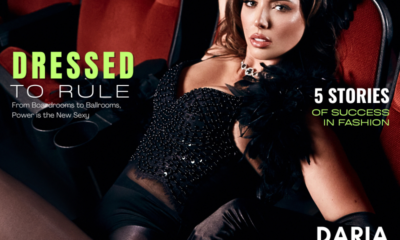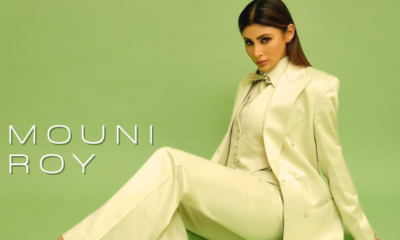Editorial
Fashion Herald Editorial: Is there any real fashion bible out there?
Everyone follows fashion, ‘especially’ women .Some looking to their surroundings for inspiration while others are often seen subscribing to countless style magazines, immersing themselves in every article.
The tech-savvy readers are finding an infinite number of fashion sites,bogs at their fingertips (literally). Many overworked, under or over paid women are in search of the new item that will change their life. It may not change the work schedule, or inspire a salary raise, but that new Chloe bag might just make her feel like all of her hard work was worth it. And by that, her prayers have been answered. Shallow as it may sound, our society is searching to fill a void within itself. With conventional religion becoming more of a personal choice, many are left to find self fulfillment in other arenas. Clothing our bodies in style has become something dare I say, spiritual.
Fashion world is constantly growing and inspiring the next generation. Those dream pair of jeans that hug you in all the right places, or the deliciously charming peep-toe boots that you have been desiring for a long time. The moment they finally reach you ,the moment you posses them, it’s like finding the treasure, or the Holy Grail. This makes the hunt worth every step. Seeing a person spending so much time, let alone hard earned money, and goings of trends can seem ridiculous. That is for those that have not seen the fashion light.
“Fashion is religion”
If fashion has become religion for us I can’t help but wonder; what impact has conventional religion made on trends throughout the years? Over time we have seen many a nod to biblical times. Spotting not only holy inspired trends on the streets, and on the television, but also walking down the runway.
Who doesn’t remember the first time they saw “hit me baby, one more time.”? I remember it like it was yesterday. Although the catholic school girl uniform has been fetishist for many years, Britney launched a new bubble gum frenzy of plaid skirts, and pigtails. This craze came, and went only to be brought back again by Gwen Stephani, and her Harajuku girls in 2005.
school girl uniform has been fetishist for many years, Britney launched a new bubble gum frenzy of plaid skirts, and pigtails. This craze came, and went only to be brought back again by Gwen Stephani, and her Harajuku girls in 2005.
High fashion designers are also following the influence of religion when creating collections, whether it be conscious, or unconscious. Yves St. Laurent designed its fall 2007 collection that seemed to resemble a hip convent style (one to conjure images of chic nuns replacing the actress’ of Sex and the City.)
The Hussein Chalayan, Spring/Summer 1998 Collection show featured models in what resembled Muslim garments. One group of white full length garments, with only small sections for the eyes to be exposed. The other half of the models were in black garments. The garments alternated lengths, from below the knee, to the waist, and finally a nude model, with nothing but a black mask.
The fashion industry always looks to the future, and the unknown. With its tendencies to push boundaries, fashion has given us the tools to fill the voids left by conventional thinking. With progressive thinking taking hold, we can only expect the industries importance to grow within ourselves, and our culture. With the ever changing views of society, and the natural drive of self exploration in humanity, it’s only fitting that fashion is becoming more than an excuse to shop.








